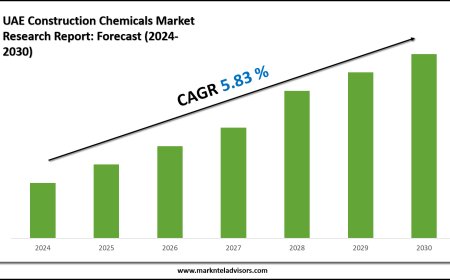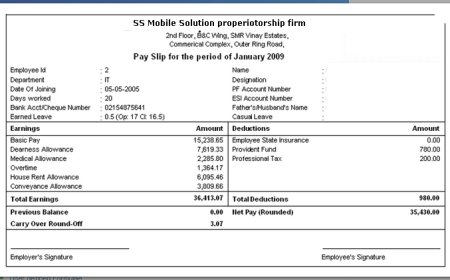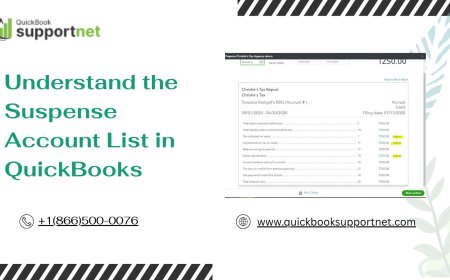How Microsoft Dynamics 365 Optimizes Logistics & Transportation Management
Explore how Microsoft Dynamics 365 improves logistics and supply chain management with real-time visibility and smart transportation planning.

Introduction
Managing logistics and transportation is like conducting an orchestra every part must work in harmony. From shipments and fleet routes to supplier coordination and delivery windows, one delay can throw everything off.
Thats why many businesses are turning to Microsoft Dynamics 365. This powerful platform brings everything together, helping companies optimize logistics and transportation managementwhile reducing costs and delays.
1. Why Logistics & Transportation Are Business-Critical
Your logistics system is the backbone of your supply chain. A small delivery delay or a wrong routing decision can result in missed deadlines, customer dissatisfaction, and financial losses. Businesses need tools that offer real-time data, flexibility, and predictive planning exactly what Microsoft Dynamics 365 delivers.
2. Overview of Dynamics 365 Supply Chain Management
Dynamics 365 Supply Chain Management is a cloud-based solution that connects procurement, production, inventory, warehouse, and transportation into one unified system. This integration ensures smarter decisions across the board especially in logistics and transportation.
3. Transportation Management in D365 Explained
The Transportation Management module in D365 allows businesses to plan, execute, and monitor the movement of goods. It supports multi-modal transport (road, rail, sea, air) and helps manage:
-
Routes
-
Loads
-
Carrier selection
-
Freight costs
-
Delivery scheduling
4. Key Features for Logistics Optimization
-
Load building and consolidation
-
Route scheduling and optimization
-
Real-time tracking
-
Rate negotiation and contract management
-
Inbound and outbound logistics planning
5. Route Planning & Optimization
D365 helps logistics teams choose the most efficient routes for deliveries. It factors in:
-
Delivery windows
-
Traffic and fuel costs
-
Carrier availability
-
Load types
This helps minimize fuel usage, delays, and costs.
6. Real-Time Shipment Tracking
Gone are the days of blind shipping. With D365, you get real-time visibility of where your goods are. Its like having a live map of your entire transportation network helping you manage delays proactively.
7. Carrier Management & Rate Shopping
Dynamics 365 allows businesses to manage multiple carriers and compare shipping rates in real-time. You can:
-
Set contracts
-
Track carrier performance
-
Choose the most cost-effective option
This improves delivery performance and reduces transportation spend.
8. Warehouse and Logistics Integration
D365 connects logistics with warehouse operations. So, when goods are picked and packed, transportation is automatically scheduled ensuring smooth handoffs and better coordination.
9. Visibility Across the Supply Chain
Using D365s dashboards and reporting tools, you gain complete supply chain visibility from the supplier to the customers doorstep. This reduces risks, errors, and bottlenecks.
10. Demand Forecasting and Planning
D365 uses historical data and AI to forecast demand, allowing logistics teams to plan for high and low-volume periods. This leads to smarter fleet utilization and reduced overhead.
11. Benefits of Dynamics 365 for Transportation Management
-
Faster delivery times
-
Reduced freight costs
-
Better carrier performance
-
Fewer logistics errors
-
Improved customer satisfaction
-
Full shipment lifecycle tracking
12. AI & Automation in Logistics with D365
AI-powered recommendations suggest the best carriers and routes, while automation triggers shipment scheduling, invoicing, and alert notifications removing manual dependencies.
13. Sustainability and Cost Reduction
Better logistics planning = lower carbon emissions. D365 helps reduce empty truck runs, fuel consumption, and warehouse energy costs supporting both sustainability and the bottom line.
14. Industries That Benefit the Most
-
Retail & E-commerce fast, accurate last-mile delivery
-
Manufacturing streamlined supply lines
-
Distribution & Wholesale inventory and fleet coordination
-
Pharmaceuticals time-sensitive shipment tracking
15. Getting Started with D365 Logistics Solutions
To optimize logistics and transportation with Dynamics 365:
-
Start by mapping your current logistics processes
-
Identify weak links (delays, costs, inefficiencies)
-
Work with a trusted D365 implementation partner
-
Train your team on dashboards, automation, and route planning
Conclusion
Microsoft Dynamics 365 is a powerful tool for modern logistics and transportation. From route optimization to real-time tracking, it simplifies operations, boosts performance, and lowers costs. With the right strategy and support, businesses can turn their logistics from a bottleneck into a competitive edge.




































